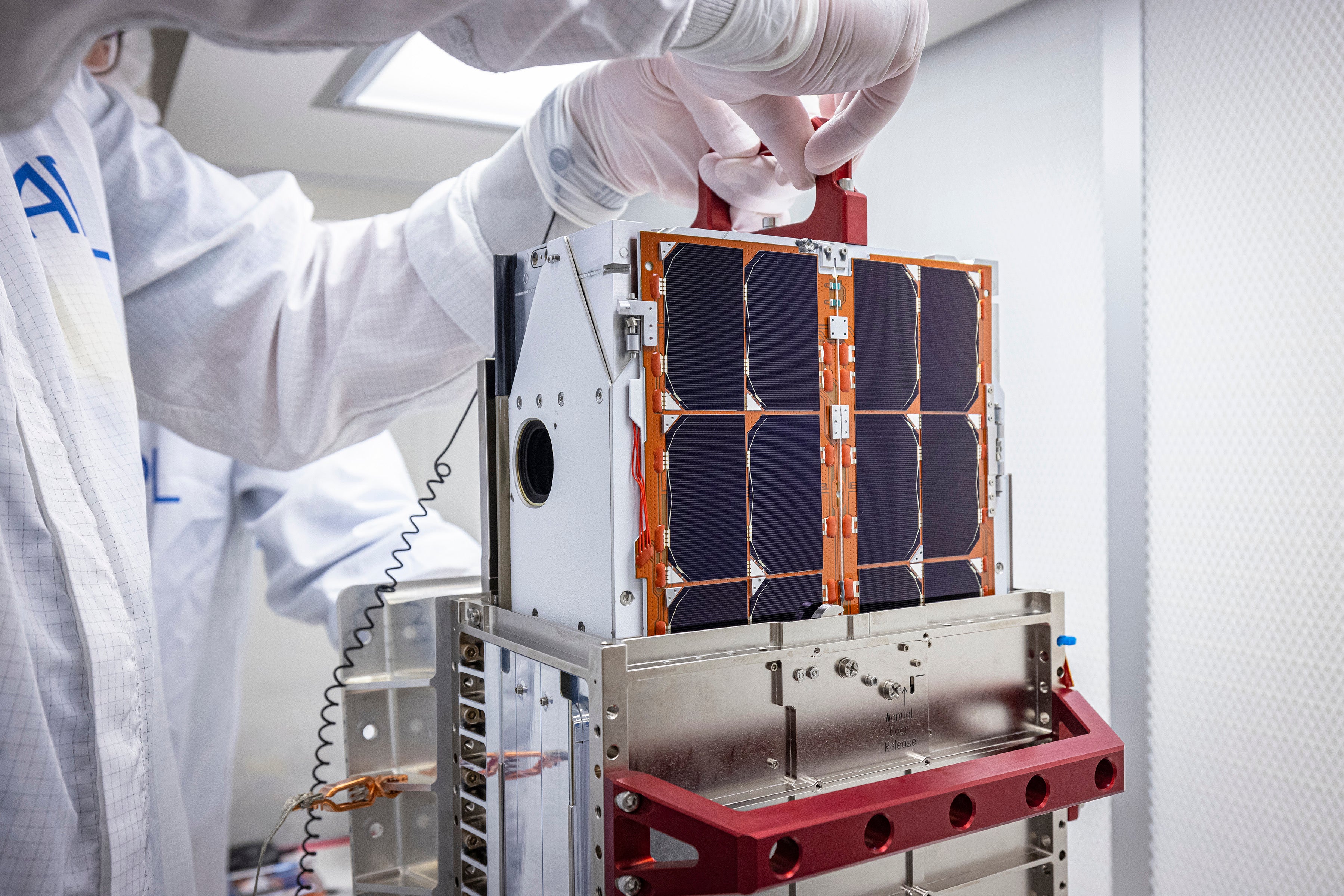The Independent's journalism is supported by our readers. When you purchase through links on our site, we may earn commission.
Italian satellite to bear witness to Nasa spacecraft’s terminal strike on asteroid
Nasa’s Dart mission is almost ready to slam into an asteroid, and an Italian space mission will be there to watch

Your support helps us to tell the story
From reproductive rights to climate change to Big Tech, The Independent is on the ground when the story is developing. Whether it's investigating the financials of Elon Musk's pro-Trump PAC or producing our latest documentary, 'The A Word', which shines a light on the American women fighting for reproductive rights, we know how important it is to parse out the facts from the messaging.
At such a critical moment in US history, we need reporters on the ground. Your donation allows us to keep sending journalists to speak to both sides of the story.
The Independent is trusted by Americans across the entire political spectrum. And unlike many other quality news outlets, we choose not to lock Americans out of our reporting and analysis with paywalls. We believe quality journalism should be available to everyone, paid for by those who can afford it.
Your support makes all the difference.Nasa’s mission to change the course of an asteroid by hitting hard with a fast moving spacecraft drew nearer the moment of truth Monday, as the Double Asteroid Redirection Test (Dart) spacecraft released a small satellite that will witness Dart’s demise on 26 September.
The Dart spacecraft released the Light Italian CubeSat for Imaging of Asteroids, or LiciaCube, early Monday morning, ensuring the small satellite which road into deep space with Dart will survive the former’s terminal run into an asteroid. The small, 31-pound cubesat contains two optical cameras that will record Darts mission from a distance.
“Seeing LiciaCube installed on DART was exciting because this mission breaks new ground for ASI and the whole Italian space sector,” LiciaCube project manager for the Italian Space Agency, Simone Pirrotta, told Nasa in 2021. “It will be the first Italian satellite ever to operate in deep space, requiring the training of a large and motivated national team that is now well qualified to tackle similar challenges in the future.”
Dart is a spacecraft the size of a small car that was launched on 24 November 2021 on a mission to rendezvous with a system of near Earth asteroids, the larger, half-mile diameter Didymos, and it’s much smaller moonlet asteroid Dimorphos, which is only 525 feet in diameter.
At 7.14pm EDT on Monday 26 September, Dart will slam into Dimorphos at around 14,000 miles per hour in an attempt to slightly alter the asteroid’s orbit around Didymos, a proof of concept mission to test whether a scaled up Dart spacecraft could deflect a larger asteroid that posed a hazard to Earth.
Neither Dimorphos or Didymos pose a threat to Earth now, nor will they following the Dart mission.
Nasa will broadcast the Dart impact live on the space agency’s website, Nasa TV, and Nasa’s social media accounts on Youtube, Twitter and Facebook.
Some of that footage may come from Dart’s own on-board camera system, the Didymos Reconnaissance and Asteroid Camera for Optical navigation system, which recently returned Dart’s first view of the asteroid pair from a distance of 20 million miles.
But LiciaCube will also provide footage very important to scientists and the Dart mission, particularly images of the cloud of material ejected from Dimorphos when Dart strikes the asteroid.
“We are eager to obtain these unique in situ images," LiciaCube scientific coordinator from the National Institute for Astrophysics in Rome, Elisabetta Dotto, told Nasa. “It will be so exciting to study, for the first time, the nature and structure of such weird objects as binary [near-Earth asteroids].”
Join our commenting forum
Join thought-provoking conversations, follow other Independent readers and see their replies
Comments